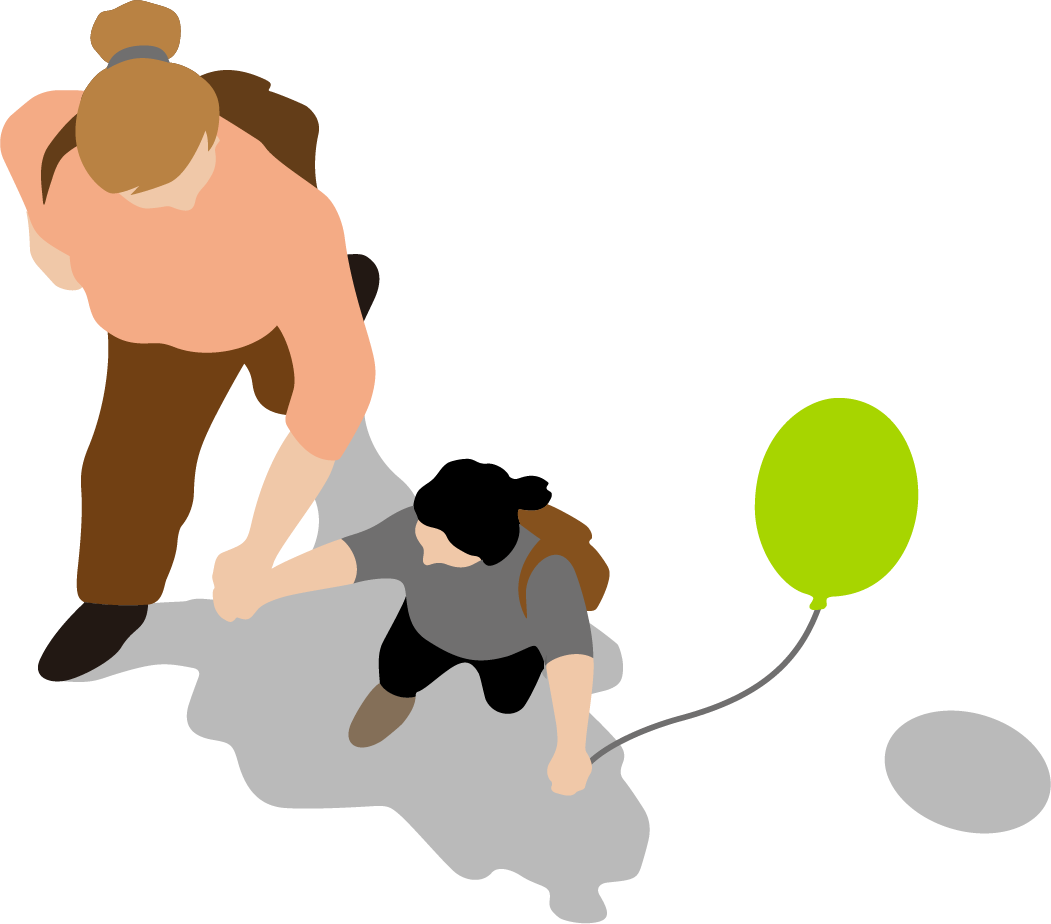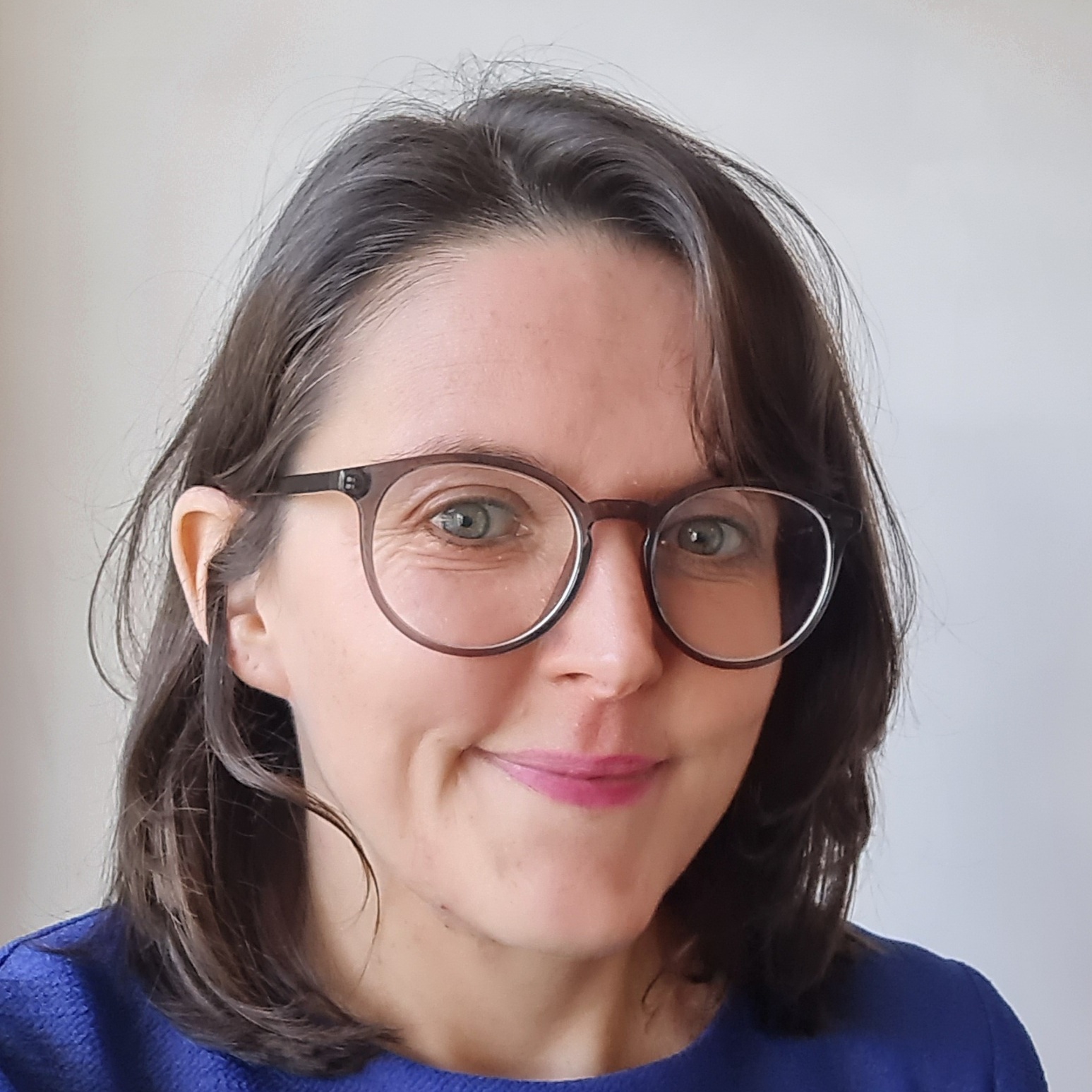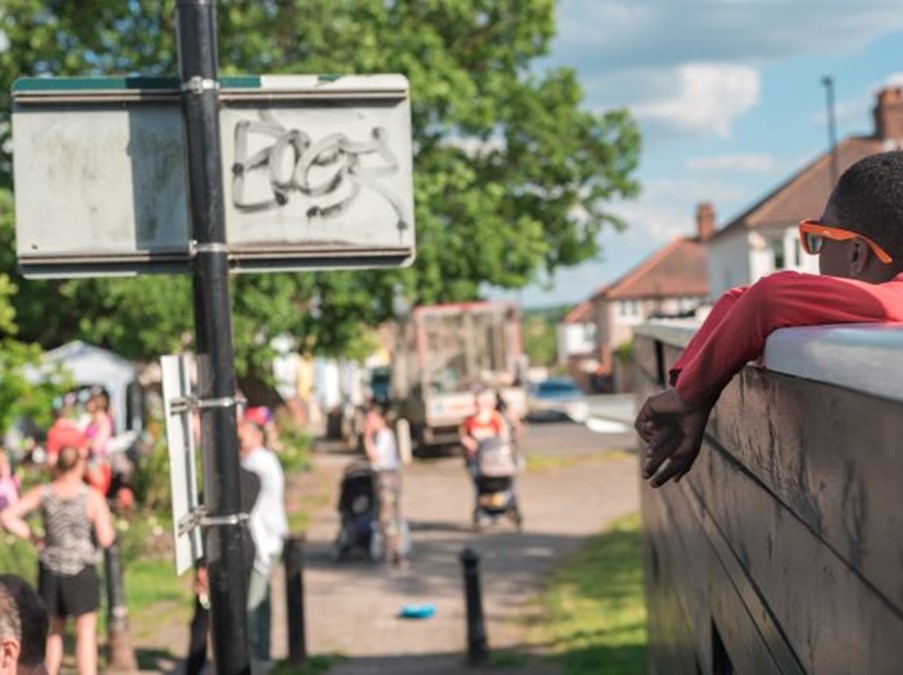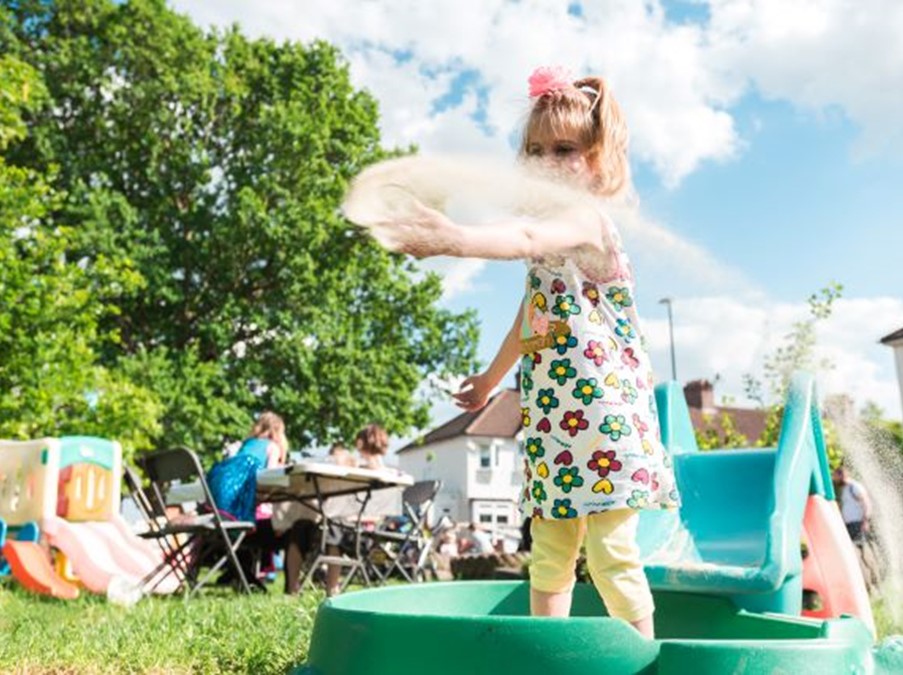Free to Play

It’s the school holidays and children should be playing out on our streets. However, many families don’t feel it’s safe for their children to do so. Play Streets – where streets are closed to traffic – are helping more children enjoy the fun and freedom of playing out locally.
Amy Foster from Croydon Living Streets Group blogs on the importance of reimagining our streets with children at their heart.

Play Street leaders in Croydon were horrified by news earlier this month that the Council was introducing charges for Play Streets in the borough. Articles were published and petitions started, all highlighting the amazing benefits Play Streets bring to communities, from more neighbourly relationships to more active children. The move felt particularly heart-breaking at a time when charities and community groups across the country are gearing up for the Summer of Play: a focused campaign targeting how access to safe spaces to play can further heighten inequalities in health and wellbeing for children.
What’s more, as Emma Hope-Fitch (a London Play’s award winner for her Love Lane Play Street) pointed out, setting up a play street requires an awful lot of energy and work for the coordinators with a not inconsiderable time commitment attached. Asking these volunteers to not only give their time but financially contribute to making people friendly streets seems entirely unreasonable.
Thankfully, the decision to charge organisers has now been overturned by Croydon Council, but for me, an important point remains. If we know organised Play Streets require a lot of community capital, then how do we ensure all children are able to enjoy safer, more playful, civic spaces?


I remember attending an event hosted by the Healthy Schools London team and hearing the Head of a school talk about the deleterious effect the local built environment had on the physical health of her students. The school realised they had to do something radical to overcome the multiple issues the busy roads and lack of outside space were having, so they decided to open the school playground and field at the weekend to their families. It was a journey everyone knew, without costly public transport fees attached and where they were welcome to play.
It reminded me of the actions some libraries have taken to remove all fines from overdue books. An example of another barrier removed to make play safe and easy for all, but especially those whose health and wellbeing is already disadvantaged by their local environment.
I am truly delighted that Croydon Council have reaffirmed their commitment to Play Streets and hope we will see new events spring up in our borough this summer.
However, I also would like to see a growing awareness from our political leaders of the need for child-friendly communities. Tim Gill’s recent book 'How Child-Friendly Planning and Design Can Save Cities' details some inspirational case studies from cities across the world and also the work of leaders closer to home, such as Mayor of Hackney Philip Glanville, yet these examples still feel much more the exception than the rule.
While longer school days are being touted as part of a means of helping our children overcome the impact of COVID on their education, it would do as well to remember the words of the British Institute of Psychologists, calling for resources to be used to allow children to catch up on their missed opportunities for play.
Out of Hours play could be a huge opportunity for schools if they choose to follow the examples laid out in Scotland’s Strategy for Play, but until that happens we need our civic leaders to make clear their absolute commitment to a town planning model that enables play to happen safely at all times, removing any need for a costly traffic order.

About the author
Amy Foster
Croydon Living Streets Group